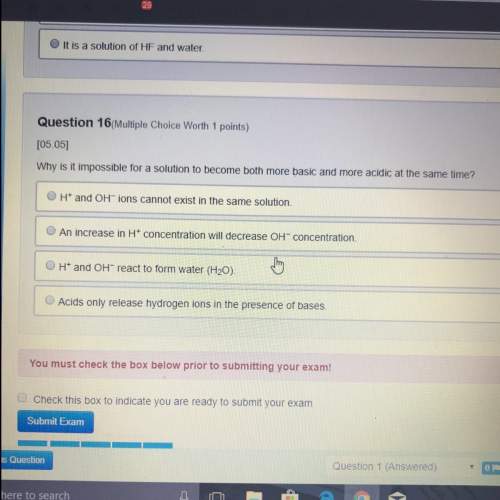
1. How many grams of carbon are needed in the following reaction in order to produce 8755 kJ?
This is an image of a chemical equation C O2 reaction arrow CO2 Delta h -39292 kJmol
2. How much energy is contained in each of the following?
3 moles of chlorine molecules
5 moles of ammonia molecules
4.8 moles of propane
3. Make an energy diagram for the heat formation of one mole of each of the following substances:
This is an image of a chemical equation H2 I2 reaction arrow 2HI
This is an image of a chemical equation 2H2 CO reaction arrow CH3OH
This is an image of a chemical equation C 2H2 reaction arrow CH4
4. If the change in enthalpy for carbon monoxide (CO) is -104.5 kJ/mol, and that of carbon dioxide (CO2) is -392.92 kJ/mol, what can we conclude about the stability of these two substances?
5. Calculate the change in enthalpy for the following reactions:
This is an image of a chemical equation C2H6 O2 reaction arrow CO2 H2O
This is an image of a chemical equation C25H52 O2 reaction arrow CO2 H2O
This is an image of a chemical equation N2 H2 reaction arrow NH3
This is an image of a chemical equation C O2 reaction arrow CO
6. Find the enthalpy for the combustion of combustion of methanol.
7. Methylhydrazine is commonly used as a liquid rocket fuel. Its combustion is indicated by the following reaction.
This is an image of a chemical equation N2H3CH3 O2 reaction arrow N2 CO2 H2O
Balance this equation.
Calculate ΔH for this reaction.
8. The heat of combustion of hydrogen gas per gram is about 2.5 times that of natural gas. The main component of natural gas is methane gas.
Also, the combustion of hydrogen is “cleaner” than that of natural gas, since the only product is water. Thus, it seems a likely choice for a major fuel source in the future.
Prove that the heat of combustion of hydrogen per gram is about 2.5 times that of natural gas. Begin by calculating the heat associated with the combustion of each fuel in kJ/g of fuel.

Answers: 1


Other questions on the subject: Chemistry

Chemistry, 21.06.2019 22:30, 20heldmadison
Hot air balloons float in the air because of the difference in density between cold and hot air. in this problem, you will estimate the minimum temperature the gas inside the balloon needs to be, for it to take off. to do this, use the following variables and make these assumptions: the combined weight of the pilot basket together with that of the balloon fabric and other equipment is w. the volume of the hot air inside the balloon when it is inflated is v. the absolute temperature of the hot air at the bottom of the balloon is th (where th> tc). the absolute temperature of the cold air outside the balloon is tc and its density is ďc. the balloon is open at the bottom, so that the pressure inside and outside the balloon is the same. as always, treat air as an ideal gas. use g for the magnitude of the acceleration due to gravity.
Answers: 1

Chemistry, 22.06.2019 06:20, stephliu721
What is a property of a double replacement reaction
Answers: 1


Chemistry, 22.06.2019 11:30, samantha9430
Determine the reaction and balance the following equations urgent due in the morning
Answers: 2
You know the right answer?
1. How many grams of carbon are needed in the following reaction in order to produce 8755 kJ?
This...
Questions in other subjects:

Arts, 05.03.2021 04:40


Chemistry, 05.03.2021 04:40




English, 05.03.2021 04:40

History, 05.03.2021 04:40

History, 05.03.2021 04:40




